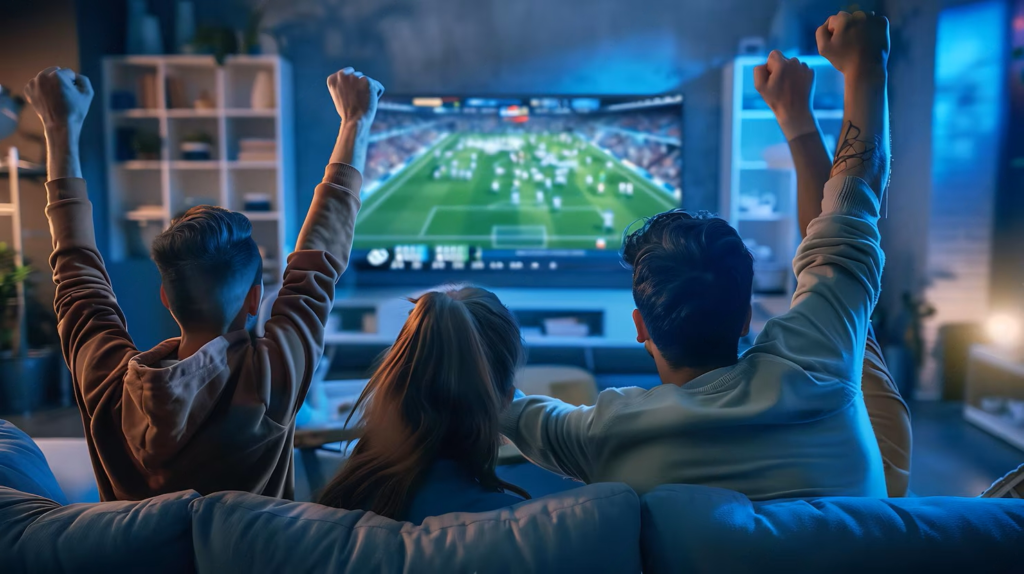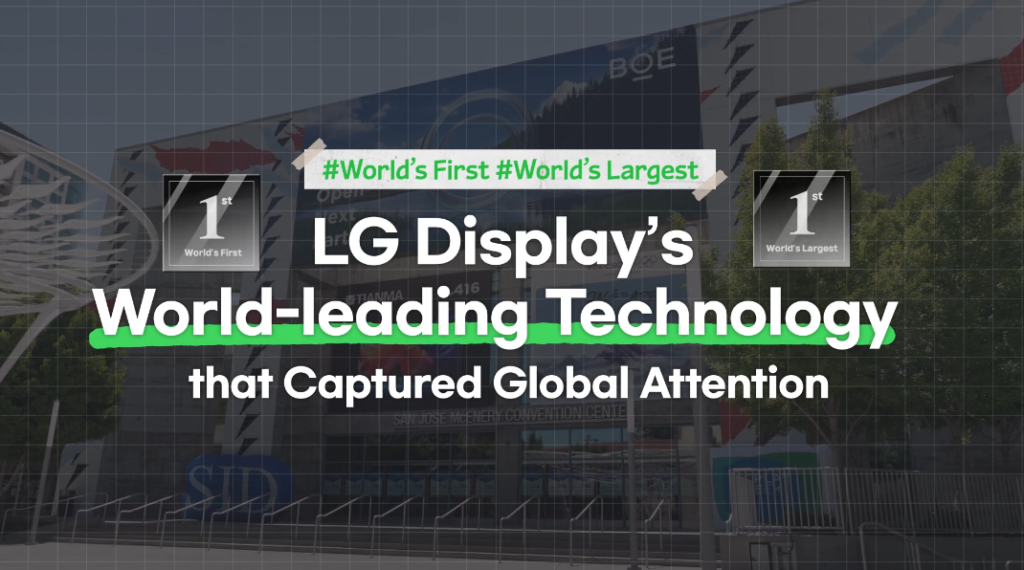By Alex Jensen

The rush of TV deals this month can only mean one thing – one of the world’s most-watched annual sporting events is back! As one article put it, for people seeking to take their Super Bowl party to new heights, “the best solution for a better show is a better screen.”
The impact of the Super Bowl on the TV industry is no small matter. 119.7 million viewers are expected to watch Super Bowl LIX, which is a lot of eyes on a lot of screens, many of which will be far from the event itself in New Orleans.
But just as you have winning sports teams, you also have winning TV technologies. And when it comes to watching sports in TV, OLED is considered “a baller.” Indeed, numerous Super Bowl-related articles are devoted to exclusively OLED TV deals, with one of them making the claiming that “buying an OLED TV has been one of the best tech purchases I’ve ever made.”
Also like the best sports teams, the best technology does not stand still, but rather continually seeks to improve. That’s where the now seemingly unbeateable fourth-generation OLED TV panel comes in, but first let’s take a closer look at OLED generally.
The reigning TV display champion
It should be no surprise that many people view OLED as the best TV technology for watching sports. This study by experts confirmed as much, while OLED TVs have regularly been recommended by tech journalists for various sports events.
A key factor behind the supremacy of OLED TV displays is their self-emissive pixels. As each pixel lluminates itself, they deliver such vivid colors that the image quality is as natural as if you were really watching in a stadium.
The refresh rates and response times of OLED panels are also renowned for their ability to capture fast-moving scenes. The fact they have even become a popular choice for competitive gamers is a great endorsement, and it follows that they deliver when it comes to displaying those deep passes and explosive plays in a sports setting.
Also, for those Super Bowl viewing parties, a classic argument in favor of OLED is this technology’s superior viewing angle performance – allowing every one scattered around a large room to get a good view of the action.
Simply put, “if you want to upgrade your TV to a premium, gorgeous display for the Super Bowl,” OLED is the answer. Or as another article stated it, OLED TVs are most suitable “if you want incredible image quality, especially for those last-minute Hail Mary’s and fast-paced inside runs.”
Enter the fourth generation
Now, the TV landscape is advancing further. The colors, the speed, the sheer power of sports all come alive in a way that was previously unimaginable thanks to fourth-generation OLED, which was unveiled for the first time last month.
Celebrated as LG Display’s “brightest, most striking OLED TV panel yet,” it is 33% brighter than the previous generation – making it the industry’s first OLED display to get as bright as 4,000 nits. Fourth-generation OLED also features enhanced color purity, resulting in a color brightness of 2,100 nits, which is a 40% improvement over the previous generation. In other words, the already brilliantly vivid OLED sports viewing experience is becoming even better this year.
This tech leap brings with it other advantages for sports fans too. Most of us will have experienced how ambient light in a bright room can create annoying on-screen reflections or just generally mute colors. Fourth-generation OLED solves this by blocking 99% of internal and external light reflections, delivering a viewing experience akin to a movie theater even when you are watching TV in daylight – complete with perfect black expression and 100% color accuracy. That’s particularly helpful for those watching the Super Bowl in a timezone that means there is daylight even as the game itself is being played in the New Orleans night.
As for those actually watching after dark, another benefit is that despite its high brightness, the fourth-generation OLED TV panel only emits 45% blue light compared with the 70-80% level that would typically be produced by an LCD screen. Given that blue light is known to impact circadian rhythms, it might reassure some viewers that watching an OLED TV is less likely to keep them awake after the game is finished – including young children who have been allowed to stay up for the special occasion.
Of course, even the most outstanding OLED TV cannot guarantee victory for your team. But win or lose, OLED TV owners will still have an awesome TV to enjoy after the Super Bowl and for many more great sports events to come.









